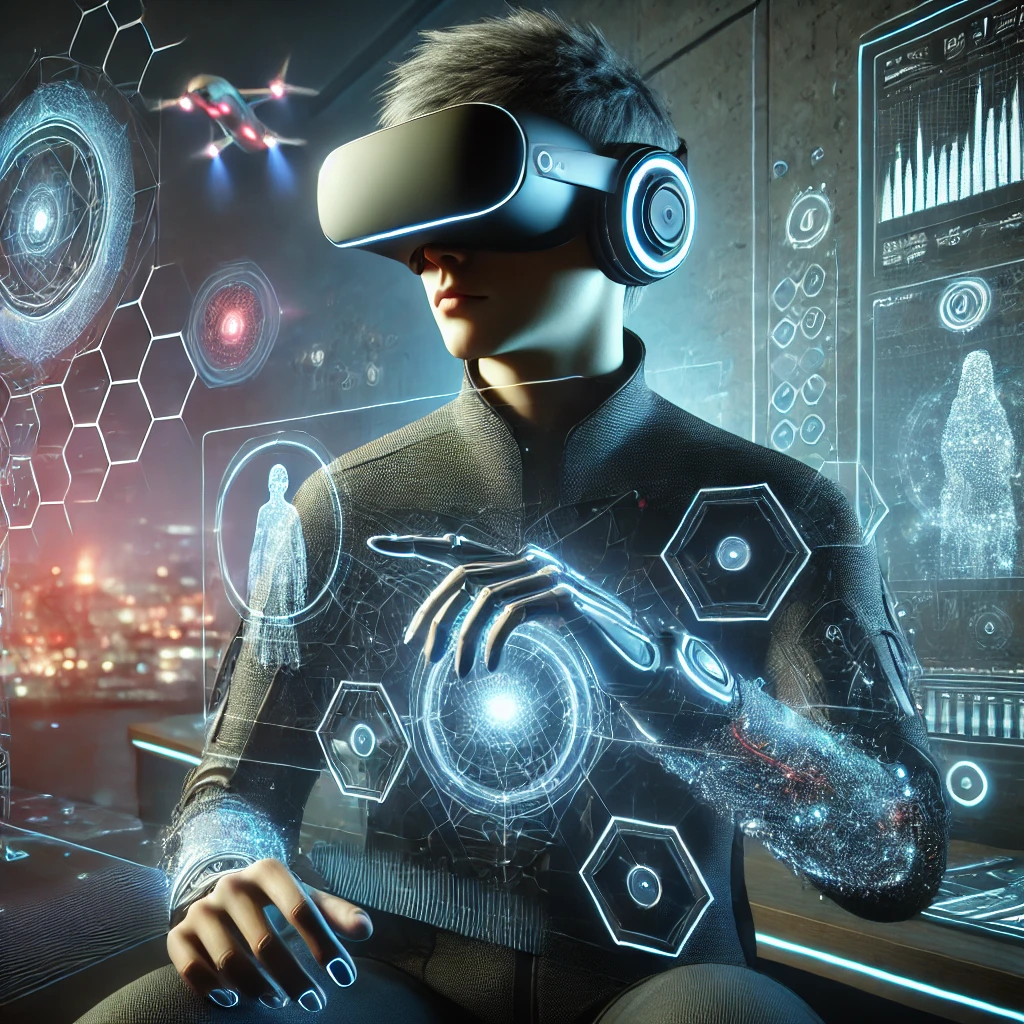AR Porn is on the horizon for 2018
Ar Porn
Published on Sep 16, 2018
In January of this year at CES, Naughty America unveiled a demo of it's first attempt at Augmented Reality, also known as AR. Unlike VR or its movies ,the AR product was only for demo purposes and was not available for customers to purchase. The purpose of creating the demo was to start the process of looking for a solution to help people find their fantasy.
“Augmented Reality (AR) is an interactive experience of a real-world environment whereby the objects that reside in the real-world are "augmented" by computer-generated perceptual information, sometimes across multiple sensory modalities, including visual, auditory, haptic, somatosensory, and olfactory.[1] The overlaid sensory information can be constructive (i.e. additive to the natural environment) or destructive (i.e. masking of the natural environment) and is seamlessly interwoven with the physical world such that it is perceived as an immersive aspect of the real environment.[2] In this way, augmented reality alters one’s ongoing perception of a real world environment, whereas virtual reality completely replaces the user's real world environment with a simulated one.[3][4] Augmented reality is related to two largely synonymous terms: mixed reality and computer-mediated reality.”
“Augmented reality (AR) uses technology to overlay visuals, sounds, haptic sensations, and even smells on the real world around the viewer, providing an enhanced or “augmented” experience. Up until now, AR has been used for tasks such as layering 3D computer generated graphics over reality, or simpler tasks such as displaying text notifications into our peripheral vision.
Augmented reality promises to offer amazing breakthroughs in many industries, and none more so than the pornography industry, which is ready to use the technology and deliver immersive experiences that are straight out of a science fiction movie.
AR glasses or Smart devices like phones and tablets can be used to view most current augmented reality creations. In the case of Smart devices (phones or tablets), anything that has a forward-facing camera can be used, including mobile VR headsets like Google Cardboard or Samsung GearVR so long as the front cover can be removed to expose the camera.”
So far, there is little information on how AR content is created. Recently the NYT published a piece on how their recent example of Ashley Graham was created. This is accomplished by having a multi camera setup (100 Cameras per NYT article) that surrounds a scene to capture visual data pertaining to color (or frequencies of light) within the scene as well as an array of laser scanners which capture the depth within the scene. Using this data we are able to piece together a point cloud library with animation that represents the scene in a three dimensional space.
When watching a volumetric scene you will be able to snap the centre of the scene onto a location in your living room and be able to walk around the scene and view it from all angles. This may also incorporate scaling to the environment where the objects in the scene will be scaled to their original size if possible.
The barrier to entry for AR headsets is starting to come down with the decrease in costs of headsets. Over the past few months we’re starting to see a surge of new AR headsets that are akin to the early start of VR when the Google Cardboards first hit the market. Utilizing a similar approach of harnessing the power already found within your smartphone. With a few special lenses and a reflective piece of glass you are able to overlay a three-dimensional display over your field of view. Because the components of these headsets are so cheap they will be under the sub $100 price point and we should start to see early adoption happen with these first.
How About AR Apps?
There are now dozens of apps for AR on smartphones. These range from data overlays on geographical locations (e.g. Localscope), star charts (e.g. Star Chart), buying furniture & redecorating your house (e.g. SnapShop Showroom), point of interest locator (e.g. Wikitude), games using your smartphone camera to show your surroundings as a playing field (e.g. AR Invaders), and, of course, Pokemon Go (and many other games) which overlay game pieces, prizes and game activity into the surroundings you see through your smartphone camera.
As this space develops, we will keep you posted.











